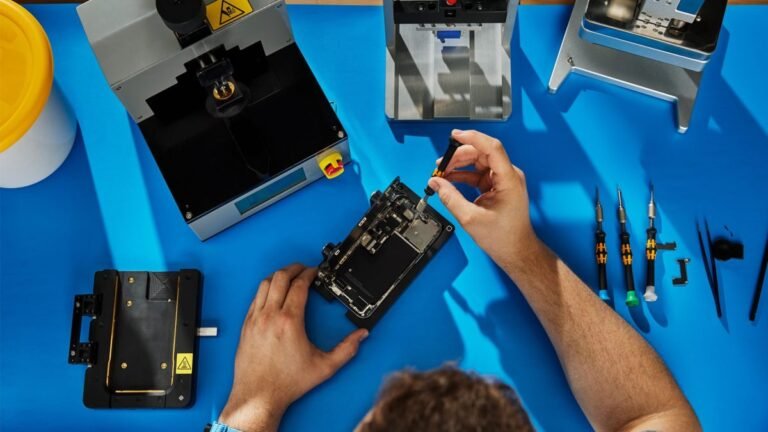When it launched last April, Self Service Repair marked a game changer for Apple. The company’s long-standing policy of deferring to internal “Geniuses” softened as right-to-repair momentum had built among both users and lawmakers.
The program — which includes online instructions, parts and rental tools — arrived with support for the iPhone 12, 13 and third-generation SE. Over the course of the following year, the company added the iPhone 14 and optioned M1 and M2 Macs to the mix.
apple added today the iPhone 15 in the mix, along with the M2 versions of the 14- and 16-inch MacBook Pro, the 15-inch MacBook Air, the Mac mini, the Mac Pro and the Mac Studio. The service now includes a total of 35 products, all told.
Since launching in the US, Self Service Repair has also steadily added additional countries to the mix. Two dozen European countries were recently added, including Croatia, Denmark, Greece, the Netherlands, Portugal and Switzerland, bringing the total to 33.
Today’s announcement also finds Apple releasing a new diagnostic tool. “Intended for users with the knowledge and expertise to repair Apple devices,” he notes, “Apple Diagnostics troubleshooting sessions will give customers the same ability as Apple Authorized Service Providers and independent repair providers to test devices for optimal parts functionality and performance. as it identifies which components may need repair.”
For now, repairs are limited to the iPhone and Mac lines. Apple hasn’t revealed any plans to expand the offering to additional offerings, though smaller products like AirPods and the Apple Watch present an added level of difficulty for novice repairers. The company, however, has begun discussing efforts to make it easier to repair its devices, including around the time the iPhone launches in September.
Apple isn’t alone in these expanding efforts, either. Both Google and Samsung have introduced similar programs, while companies like Framework have made user-repairability a central feature of their offerings.
